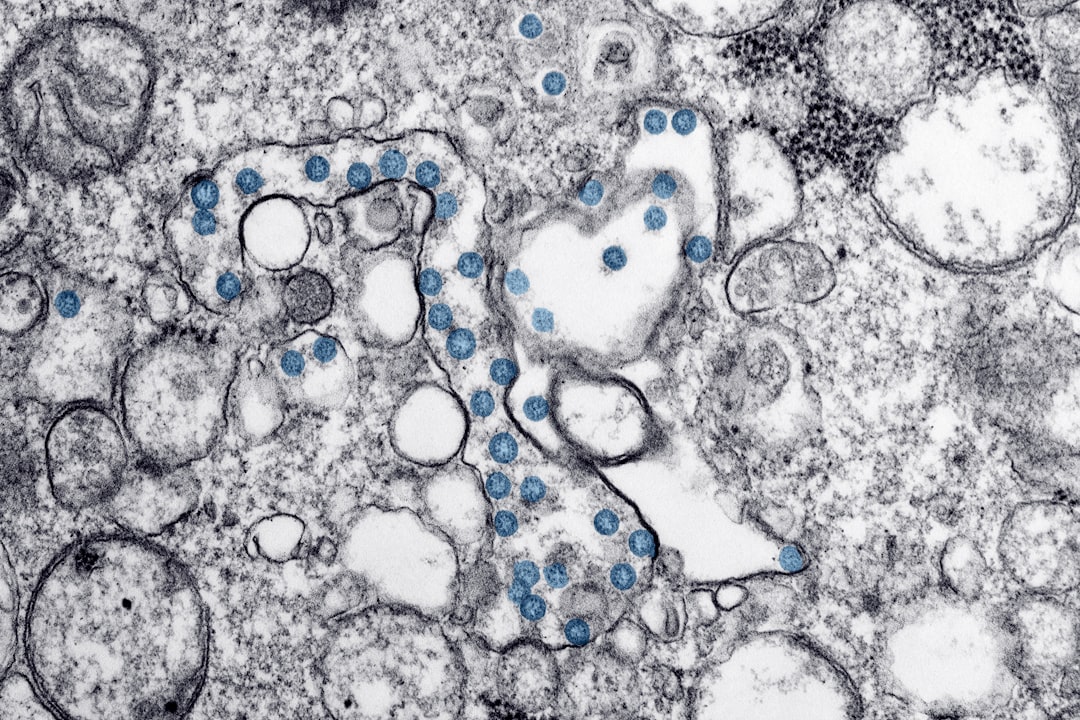What is it about?
The RB1 tumor suppressor has been widely recognized for its role in inhibiting tumor initiation, development, and progression. We explore the epidemiological link between gene mutation and osteosarcomagenesis and study another osteosarcoma-prone genetic disease, hereditary retinoblastoma (RB). Our findings demonstrate that the RB iPSC disease model serves as a “disease in a dish” for cancer researchers to study the potential initiation stage of osteosarcomagenesis. Due to the critical role of RB1 in suppressing tumor initiation, progression, and recurrence, the establishment of the RB1-mutant iPSCs provides unique insights into RB1 loss-associated oncogenesis and also offers a great opportunity for biological comparison among different patient-derived models of cancer platforms.
Featured Image

Photo by Sangharsh Lohakare on Unsplash
Why is it important?
First, this is the first iPSC platform to delineate the pathological mechanisms of RB1 mutation in tumorigenesis. The results are backed up by RB1-corrected isogenic control iPSC lines. Our findings demonstrate that the RB iPSC disease model serves as a “disease in a dish” for cancer researchers to study the potential initiation stage of osteosarcomagenesis. Due to the critical role of RB1 in suppressing tumor initiation, progression, and recurrence, the establishment of the RB1-mutant iPSCs provides unique insights into RB1 loss-associated oncogenesis and also offers a great opportunity for biological comparison among different patient-derived models of cancer platforms. Second, our study demonstrates that core spliceosomal genes can be regulated by a transcriptional regulatory complex in which RB1 acts as a transcriptional repressor and E2F3a acts as a transcriptional activator. More than one-third of spliceosomal genes are regulated by RB1 and E2F3a not only through the promoter but also the enhancer regions. For the first time, distal enhancer regulation by RB1/E2F3a was demonstrated. Third, clinical specimen association studies and genome-wide TCGA expression profile analyses support the clinical relevance of the RB1/E2F3a regulatory network in modulating spliceosomal gene expression in multiple cancer types, including osteosarcoma, lung cancer, sarcoma, breast cancer, etc. High spliceosomal gene expression is commonly correlated with poor patient survival. Finally, these findings strongly indicate that the spliceosome is an “Achilles’ heel” of RB1-mutant cells and that cancers harboring RB1 mutation/deletion, in general, are vulnerable to spliceosome inhibition.
Perspectives
Currently, the phase I clinical trial (NCT02841540) of spliceosome inhibitors revealed an acceptable adverse event profile and good clinical benefit. We believe that our findings will strongly influence the design of future trials of several spliceosome inhibitors for RB1-mutant cancer treatment currently under clinical or pre-clinical investigation (e.g., SD6 (Wildflower Biopharma) used in this study).
Dung-Fang Lee
The University of Texas Health Science Center at Houston
Read the Original
This page is a summary of: Hereditary retinoblastoma iPSC model reveals aberrant spliceosome function driving bone malignancies, Proceedings of the National Academy of Sciences, April 2022, Proceedings of the National Academy of Sciences,
DOI: 10.1073/pnas.2117857119.
You can read the full text:
Contributors
The following have contributed to this page










